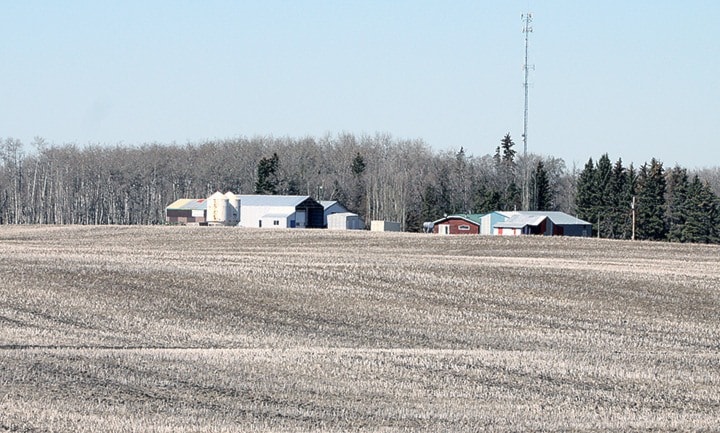Everything is pointing to agricultural activity getting going earlier than normal this year.
That’s the indication according to Harry Brook, a crop specialist with Alberta Agriculture and Forestry. He explained in an interview last week that many farmers throughout central Alberta have gotten out to do some harrowing.
“It seems that spring is coming to the region early this year,” said Brook.
“Normally, this is the kind of work that we see being done around the end of April instead of the end of March.”
Brook added he has noticed that some trees are even starting to bud, which is a huge indicator that spring is pretty much here.
“Since we have passed the equinox, we are getting more daylight and the days are stretching out, if this kind of weather continues farmers could be seeding peas within two weeks along with possibly other seeding also being done early,” he said.
However, Brook tossed in the fact that farmers need to be cautious and temper their decisions based on the risk they take by seeding so soon.
“I keep waiting for the other shoe to drop with some more snow or, even worse, a good frost to come. ,” he stated.
“Even if you look at our climate data on the website, the 50 per cent probability date for frost is much later this month and with April you just never know what can happen with the weather. For the farmer though, it’s all about how much risk they want to take based on their assessment of their own situation.
“If they do seed early, especially in central Alberta, they are risking a lot as there remains a high probability - 100 per cent based on the annual averages - that snow or a frost will hit soon and they will have to reseed.”
Another factor Brook explained farmers need to consider is moisture levels.
“Right now, there is some surface moisture, but March and April are normally the months that get the heaviest snow falls in this region,” he said.
“Also, the sub-soil moisture is still fairly dry and it doesn’t extend very far down since much of those reserves were used up last fall. Those levels haven’t been replenished due to the area receiving about half the amount of snow we usually see over the winter.”
As for feed stocks for cattle and other animals, Brook explained the easier than normal winter has helped a majority of producers.
“Most weren’t in the same pinch as they were the previous winter, but there is also now a lot of trepidation among producers over the possibility of another dry spring with predictions that it could last into the early summer,” he said.
And that would translate into the chance of producers winding up short on the availability of quality feed come this fall and into the winter, creating yet another firestorm of high prices similar to what occurred a couple years ago in Alberta.
